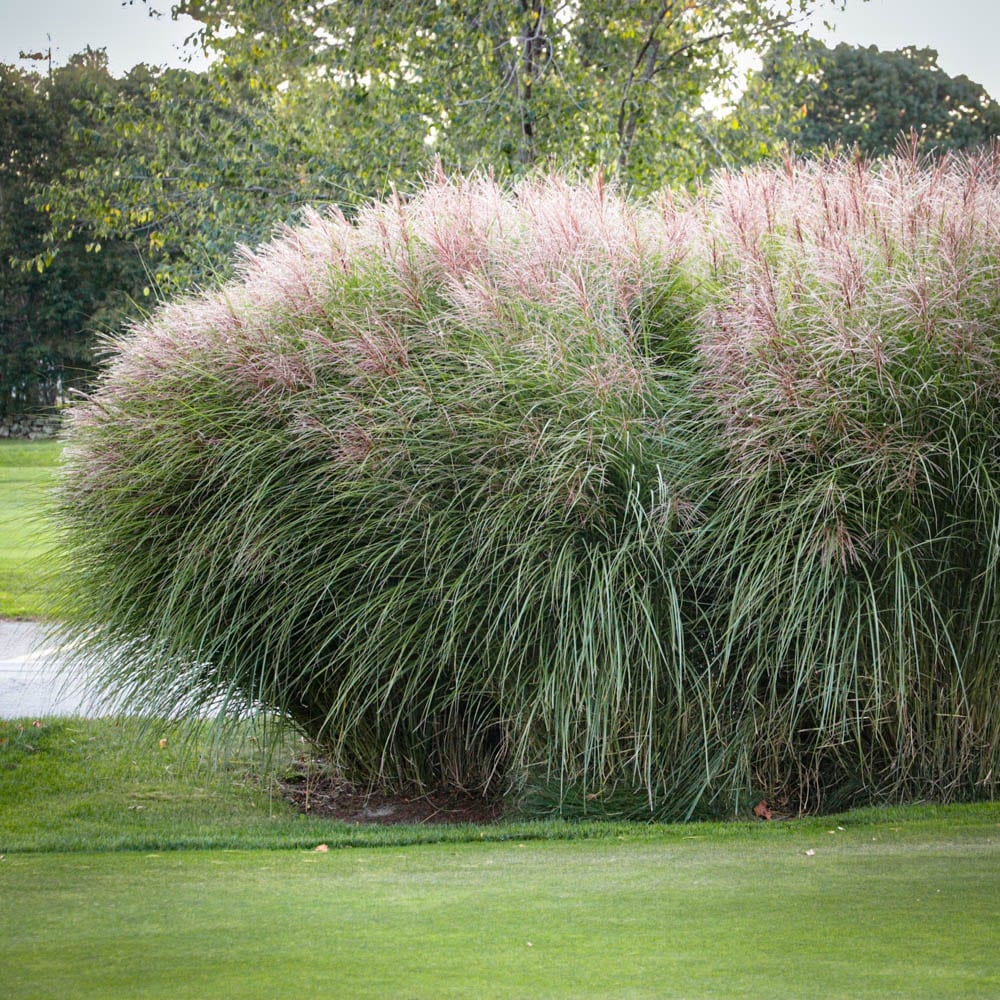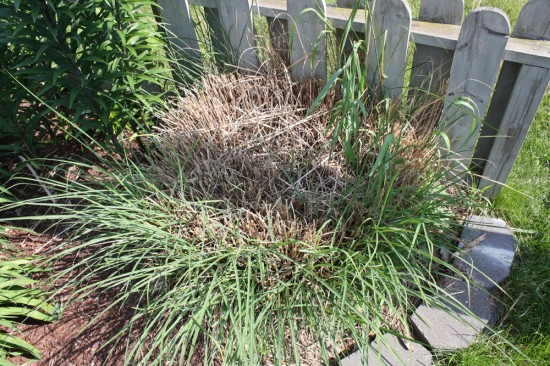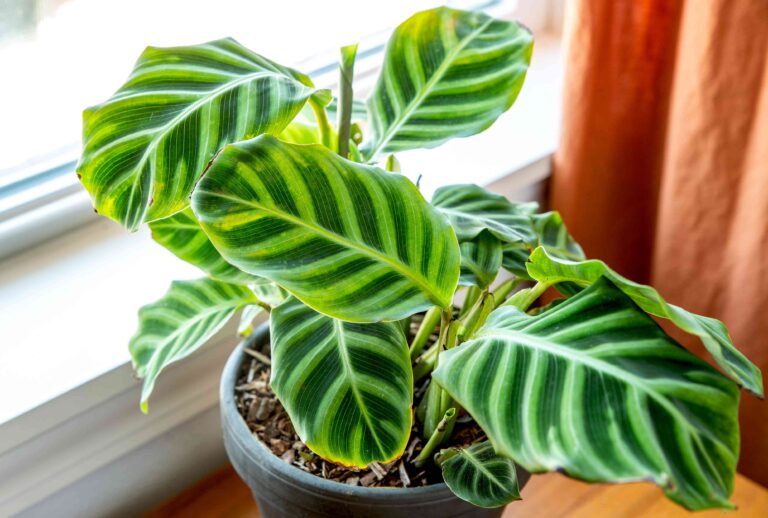How Do You Divide Miscanthus?
Miscanthus, also known as Chinese silver grass or Eulalia grass, is a popular ornamental grass and a popular choice for landscaping. It is a fast-growing, hardy, and drought-tolerant plant that is relatively easy to maintain. However, it can grow very large and quickly, which can require dividing to keep it from taking over a garden bed. Dividing Miscanthus is a task that can be done easily and requires basic gardening tools and some patience. The process includes cutting the grass into small sections and then replanting them in separate areas. This allows the grass to continue to grow and remain healthy while also giving the gardener more control over its growth.
What is Miscanthus?
Miscanthus is a versatile genus of perennial grasses that are widely used for landscaping and forage production. It is highly adaptable to a variety of growing conditions, making it a popular choice for landscapes and forage purposes. It is also incredibly efficient at sequestering carbon dioxide and can be grown with minimal inputs, making it a sustainable and eco-friendly option. But how do you divide this versatile grass to ensure that you’re getting the most out of it? In this article, we’ll discuss the best methods for dividing Miscanthus, including when to divide, how to divide, and what to expect from the process. We’ll also provide some helpful tips for ensuring success with the Miscanthus division, as well as explore other considerations and benefits to dividing this grass. So, if you’re ready to learn how to divide Miscanthus, read on!
Reasons for Dividing Miscanthus
Miscanthus is a grassy plant native to eastern Asia, and it has become increasingly popular in North America for use in landscaping. While this grass is generally easy to care for and low-maintenance, it can benefit from periodic division. Dividing Miscanthus can help to promote better growth and appearance. It also prevents overcrowding of the plants, which can lead to a decrease in air circulation and an increase in fungal diseases.
Miscanthus should ideally be divided every two to three years. This is especially important if the plants are growing in a heavily shaded area, as this can limit the amount of oxygen and water they receive. Also, if the plants have grown too large for the space they are in, they should be divided to prevent them from becoming overcrowded and unmanageable.
Additionally, dividing Miscanthus can help to improve its visual appearance and promote a healthy root system. When the plants become overcrowded, their growth can become stunted, resulting in a thin, patchy lawn. Dividing the plants can help to thicken and strengthen the turf, resulting in a lush, attractive landscape.
Finally, dividing Miscanthus can help to keep the species from becoming invasive. By periodically dividing the plants, you can ensure that they are not spreading into adjacent areas and taking over yards and gardens. Dividing the plants also helps to keep them from reproducing too quickly, as too many plants in one area can quickly become unmanageable.
Overall, dividing Miscanthus is an important part of the maintenance process. By dividing the plants regularly, you can ensure that your lawn is healthy, lush, and attractive.
Benefits of Dividing Miscanthus
When it comes to dividing miscanthus, it is important to understand the potential benefits it can bring. Dividing miscanthus can result in healthier, more productive grass, as well as allowing it to spread and fill in more areas. It can also help reduce the risk of diseases, pests, and weeds.
For optimum results, it is best to divide miscanthus every three to five years. Dividing the grass allows it to spread and fill in areas, creating a denser, healthier grass. It also helps prevent overcrowding, which can lead to disease and pest infestation. Additionally, it ensures each plant has access to the nutrients it needs for healthy growth.
Dividing miscanthus can also help to reduce the risk of weed infestation, as weeds are less likely to take hold in thick, lush grass. It also helps to prevent the grass from growing too tall, which can be a problem in areas with high winds, as the taller plants can act as a sail and be uprooted.
By dividing miscanthus, you can enjoy healthier, more productive grass and reduce the risk of disease, pests, and weeds. It is an easy and effective way to ensure your grass stays healthy and lush for years to come.
Preparing to Divide Miscanthus
Miscanthus, also known as elephant grass, is a popular ornamental grass that can be divided to propagate or rejuvenate. Dividing Miscanthus is a simple process that can yield many new plants with minimal effort. To get started, it’s important to understand the basics of Miscanthus division, including the right time to divide and the tools needed for the job.
When it comes to timing, the best time to divide Miscanthus is in the spring or early summer, after the plants have emerged from dormancy. This will give the plants enough time to establish their roots and become established before the cold winter months. Additionally, it’s important to use a sharp shovel or spade when dividing Miscanthus. This will ensure that the roots are not damaged when the plants are divided.
Once the timing and tools are in place, it’s time to divide the Miscanthus. Start by digging the plant out of the ground and setting it aside. Then, using the shovel or spade, carefully slice the plant into several pieces. Be sure to leave at least two nodes (growth points) on each piece. The pieces can then be replanted in a new location, preferably in well-draining soil with plenty of sunlight.
By following these steps, you can easily divide Miscanthus and create many new plants. With this simple process, you can propagate or rejuvenate your Miscanthus plants and enjoy their beauty for years to come.

Dividing Miscanthus
A tall grass with large, arching blades, can be a daunting task. But with the right tools and technique, you can easily divide the grass and create a beautiful and lush landscape. To start, you will need a sharp spade, a pair of gloves, and a wheelbarrow. With these, you can safely begin the process of dividing your Miscanthus.
Division of Miscanthus is a simple process that can help you create a beautiful landscape. The key to success is to use the right tools and techniques. To begin, you need to arm yourself with a sharp spade, a pair of gloves, and a wheelbarrow. This will ensure you can safely divide the grass.
Once you have these tools, you will need to locate an area of your Miscanthus that is ready to be divided. This should be an area that is crowded or has outgrown its current space. Using your spade, gently dig around the grass in a circular motion. When you have gone around the entire circumference, you can then lift the grass and its root system out of the ground.
Next, you will need to separate the root system from the grass blades. You can do this by gently pulling the two apart with your hands. Once the root system is separated, you can then place the grass blades in your wheelbarrow and transport them to a new area for replanting.
Division of Miscanthus can be a difficult task but with the right tools and technique, you can easily create a beautiful and lush landscape. By following the steps outlined above, you can safely and easily divide your Miscanthus and create a stunning outdoor area.
Caring for Newly-Divided Miscanthus
When it comes to dividing Miscanthus, the process is relatively straightforward. However, it is important to understand the steps required for successful transplantation of the plant. To ensure healthy growth, here are some tips for caring for Miscanthus once it has been divided.
First, the soil must be well prepared. The soil should be loose and well-draining, with a pH of 6-7.5. Adding organic matter such as compost or manure can help to improve the soil structure. After the soil has been prepared, the divisions can be planted. The divisions should be planted at the same level as the original plant.
To ensure healthy growth, it is important to water the divided Miscanthus regularly. Deep watering with a slow trickle of water is best. As the plant matures, it should be fertilized with a balanced fertilizer. Additionally, it is important to keep weeds away from the plant as they can compete for nutrients.
Once the Miscanthus has been divided and planted, it is important to provide adequate sunlight. The plant prefers a sunny location with at least six hours of sunlight per day. If the plant is grown in a container, it should be turned periodically to ensure even growth.
By following these steps, the newly-divided Miscanthus can be successfully transplanted and cared for. With the correct soil preparation, regular watering, and adequate sunlight, the plant should thrive.
Common Problems with Dividing Miscanthus
Miscanthus, a hardy ornamental grass, is a popular choice for adding texture and color to gardens and landscapes. But, dividing the grass can be tricky. Common problems with dividing Miscanthus include overcrowding, clumping, and unbalanced growth.
When Miscanthus is overcrowded, it can become clumped together and form a dense mass of foliage. To avoid this, divide the grass every few years to keep it healthy and free-flowing. It’s also important to ensure that the divisions are even. Unbalanced divisions can lead to uneven growth, which can affect the overall look of your garden.
When dividing the grass, use a sharp spade or garden shears to cut through the roots. Be sure to dig down at least 6 inches to ensure that you get a clean cut. It’s also important to water the divisions thoroughly after they are planted.
Finally, it’s important to keep an eye on the divided Miscanthus for the first few weeks. If it looks like the grass is struggling to establish itself, add a layer of mulch or compost to the surrounding soil to help promote growth. With the proper care, Miscanthus should thrive in your garden for many years to come.
FAQs About the How Do You Divide Miscanthus?
1. What tools are needed to divide Miscanthus?
A sharp spade or shovel is recommended for dividing Miscanthus.
2. How often should Miscanthus be divided?
Miscanthus should be divided every 3-5 years in the spring or early summer when the new growth appears.
3. What is the best way to divide Miscanthus?
The best way to divide Miscanthus is to use a sharp spade or shovel to gently dig up and divide the clumps. After the clumps are divided, replant the new divisions into the soil with plenty of organic matter and water them well.
Conclusion
Miscanthus is a type of ornamental grass that can be divided and propagated to create new plants. It is relatively easy to divide and propagate miscanthus, but it is important to do it carefully to ensure success. To divide miscanthus, it is best to divide the roots in the springtime when the shoots start to appear. The roots should be carefully separated and then planted in a new, moist soil mixture. Once the new plants are established, they can be transplanted to their desired locations. With proper care and maintenance, dividing and propagating miscanthus can be an easy and rewarding process.






